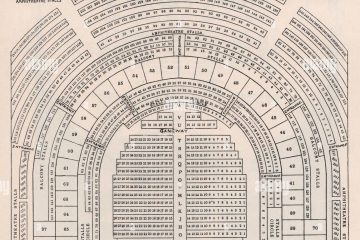Understanding the Single Transferable Vote (STV)

Introduction to STV
The Single Transferable Vote (STV) system is an electoral system designed to provide a more proportional representation compared to traditional voting methods. In light of ongoing discussions about electoral reform and representation in various regions, understanding STV has taken on renewed importance.
What is STV?
STV is a voting system used primarily for electing representatives in multi-member constituencies. Voters express their preferences by ranking candidates in order of preference. Candidates must achieve a specified quota of votes to be elected. If a candidate receives more votes than required, the surplus votes are transferred to other candidates based on voter preferences.
Current Usage of STV
As of 2023, STV is implemented in several countries and regions, including Ireland and Scotland, particularly for local and parliamentary elections. In recent UK elections, there has been considerable debate about adopting STV on a larger scale, especially in response to critics who argue that existing systems such as First Past the Post often lead to disproportionate outcomes.
Benefits of STV
The STV system is praised for enhancing democratic engagement. It allows for greater choice among candidates and encourages smaller parties to participate actively in elections, potentially leading to a more diverse representation in parliament. This inclusivity can result in policies that better reflect the views and needs of the electorate.
Challenges and Criticisms
Despite its advantages, STV is not without criticism. Its complexity can confuse voters unfamiliar with ranking candidates, and counting can be time-consuming compared to straightforward voting systems. Additionally, there are concerns that it might not significantly alter the political landscape in regions with entrenched dominant parties.
Conclusion and Future Outlook
As discussions around electoral reform continue, the STV system’s role in creating fairer and more representative electoral outcomes remains a focal point. Should efforts to implement STV gain momentum, several regions could witness a transformation in political representation that better mirrors the electorate’s diverse preferences. Understanding STV is essential for voters, as the system could redefine their political landscape and influence future governance.









